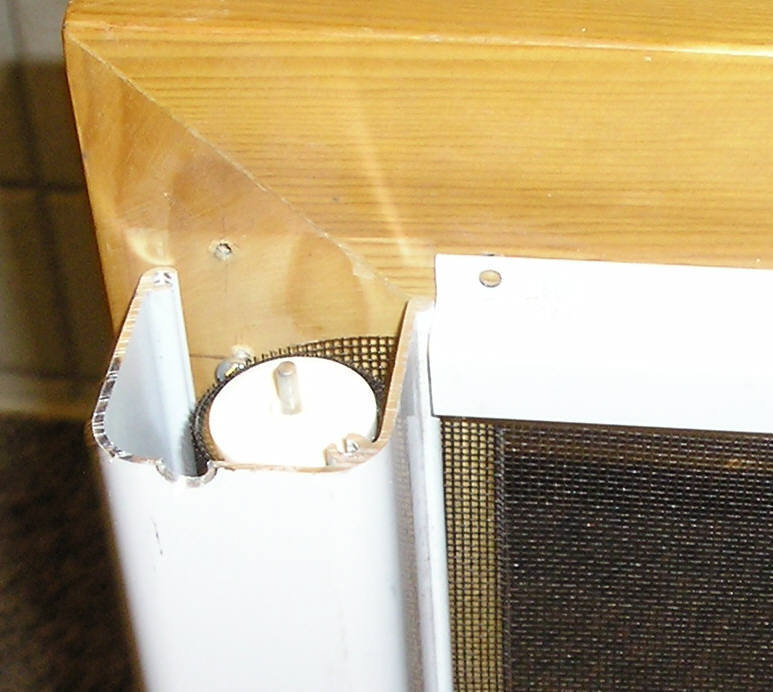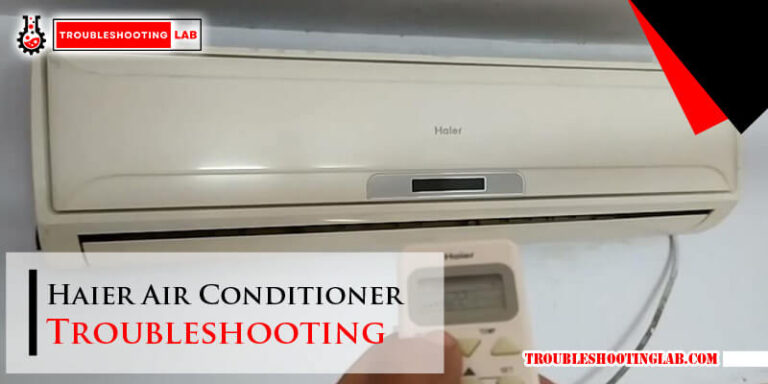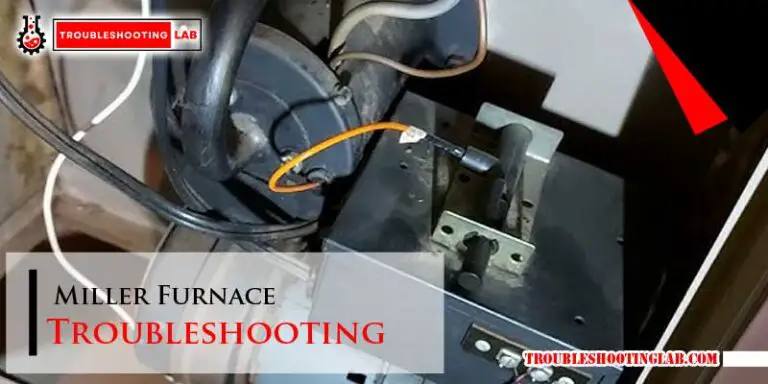Retractable Screen Door Troubleshooting: Expert Tips & Solutions
Retractable screen doors are convenient and practical. But they can sometimes face issues.
Dealing with a malfunctioning retractable screen door can be frustrating. These doors are designed to provide a seamless outdoor-indoor transition while keeping bugs out. But when they don’t work properly, it can disrupt your daily routine. Common problems include the screen not retracting fully, getting stuck, or showing signs of wear and tear.
Understanding how to troubleshoot these issues can save you time and money. In this blog post, we will explore common retractable screen door problems and offer practical solutions. By the end, you’ll have the knowledge to fix your screen door and enjoy its benefits without hassle. Let’s dive in and tackle those screen door troubles!
Common Issues
Retractable screen doors are great for ventilation while keeping bugs out. But they can sometimes face issues. Knowing the common problems can help you fix them quickly.
Sticking Screen
A sticking screen is a common issue. It happens when the screen doesn’t slide smoothly. This can be due to dirt or debris in the tracks. Cleaning the tracks can often solve this problem. Use a vacuum or brush to remove dirt. Lubricate the tracks with a silicone spray. Avoid using oil-based lubricants. These attract more dirt and can make the problem worse.
Sagging Screen
A sagging screen can affect the look and function of your door. It often occurs due to loose or worn-out tension. Check the tension on the screen. Tighten it if necessary. If the screen material is stretched, you may need a replacement. Inspect the frame for any damage. A bent frame can also cause sagging. Fix or replace any damaged parts to keep the screen taut.

Credit: www.fixingscreens.com
Identifying The Problem
Retractable screen doors are convenient but can face issues. Identifying the problem is the first step to fixing it. This guide will help you troubleshoot your retractable screen door easily.
Visual Inspection
Start with a visual inspection of your retractable screen door. Look for obvious signs of damage or wear. Pay attention to the following areas:
- Check the screen for tears or holes.
- Inspect the frame for bends or cracks.
- Examine the track for dirt or debris that could cause blockages.
- Ensure the handle and latch are secure and functional.
Functional Testing
Perform functional testing to identify operational issues. Follow these steps:
- Open and close the door to check for smooth movement.
- Listen for any unusual noises like squeaking or grinding.
- Test the retraction mechanism. Ensure it retracts fully without sticking.
- Make sure the screen locks in place when closed.
| Issue | Possible Cause |
|---|---|
| Screen won’t close | Debris in track or bent frame |
| Screen has holes | Wear and tear or physical damage |
| Handle is loose | Screws need tightening or replacement |
Following these steps can help you identify and address common issues. Regular maintenance and prompt repairs will keep your retractable screen door in good working order.
Tools Needed
Having the right tools is essential for troubleshooting a retractable screen door. The right equipment can save time and frustration. Below is a list of basic and specialized tools that you might need.
Basic Tools
Basic tools are important for most DIY projects. For retractable screen door troubleshooting, these are the tools you should have on hand:
- Screwdrivers – Both flathead and Phillips
- Pliers – Needle-nose pliers work best
- Hammer – A lightweight hammer is ideal
- Measuring Tape – Ensure accurate measurements
- Utility Knife – For cutting and trimming
Specialized Equipment
Sometimes, basic tools are not enough. Specialized equipment is needed for more complex issues. Here are some tools that might come in handy:
| Tool | Purpose |
|---|---|
| Screen Roller Tool | For installing new screen material |
| Replacement Screen | In case the current screen is damaged |
| Spring Tension Tool | Adjusts the tension of the screen |
| Lubricant | Keeps the door sliding smoothly |
Having these tools can make retractable screen door troubleshooting easier. It also helps in identifying and fixing issues efficiently.
Repairing A Sticking Screen
A sticking retractable screen door can be frustrating. It can disrupt the smooth operation of your door. Thankfully, there are simple fixes. You can often resolve the issue with basic tools and some patience. Below, we will discuss two primary solutions: lubrication techniques and adjusting tension.
Lubrication Techniques
First, try lubricating the track. This can help the screen glide smoothly. Use a silicone-based lubricant. This type does not attract dirt. Spray the lubricant on the top and bottom tracks. Then, open and close the door several times. This helps distribute the lubricant evenly. Wipe away any excess to prevent buildup.
Another option is to clean the track before lubricating. Dirt and debris can cause sticking. Use a vacuum to remove loose dirt. Then, wipe the track with a damp cloth. Allow it to dry completely before applying lubricant.
Adjusting Tension
If lubrication does not work, try adjusting the tension. The tension controls the speed of the retractable screen. If the tension is too tight, the screen may stick. Locate the tension adjustment screw. This is usually near the top or bottom of the screen. Use a screwdriver to turn the screw. Turn it a quarter turn at a time.
Test the screen after each adjustment. The goal is smooth operation without sticking. If the screen retracts too quickly, you may need to tighten the tension slightly. Remember to make small adjustments. Large changes can lead to other issues.
Fixing A Sagging Screen
A sagging screen door can be annoying. It can also make your home less secure. Fixing a sagging screen is usually simple. Follow the steps below to get your screen door back in shape.
Tightening Screws
First, check all the screws holding the screen door. These screws can become loose over time. Use a screwdriver to tighten them. Be careful not to over-tighten. This could strip the screws or damage the door.
If the screws are stripped, replace them. You can find replacement screws at any hardware store. Choose screws that are the same size and type as the original ones.
| Problem | Solution |
|---|---|
| Loose Screws | Tighten with a screwdriver |
| Stripped Screws | Replace with new screws |
Replacing Springs
Springs help keep the screen door tight. If the springs are weak or broken, the screen will sag. First, remove the old springs. Use pliers to unhook them from the door and frame.
Next, get new springs. Make sure they are the correct size and strength. Attach the new springs to the door and frame. Use the pliers to hook them securely in place.
- Remove old springs using pliers.
- Buy new springs of the same size.
- Attach new springs to the door and frame.
Replacing the springs should fix the sagging. If not, check the frame for damage. A damaged frame can also cause the screen to sag.
Screen Material Repairs
Screen material repairs are crucial for maintaining your retractable screen door. Small damages to the screen can become bigger problems if not addressed. This section will guide you through repairing screen materials. You will learn about patch kits and screen replacement.
Patch Kits
Patch kits are a quick solution for small holes or tears. These kits come with adhesive patches that stick to the screen material. They are easy to use and affordable. Clean the damaged area before applying the patch. Ensure the patch covers the hole completely. Press firmly to secure it.
Patch kits save time and money. They extend the life of your screen. Keep a patch kit handy for minor repairs. Regular checks will help you spot small damages early.
Screen Replacement
Screen replacement is necessary for extensive damage. Large holes or frayed edges cannot be fixed with patches. First, remove the screen door from its frame. Carefully take out the old screen material. Measure the frame to cut the new screen to size.
Attach the new screen to the frame. Use a spline roller to secure it. Trim any excess material. Reinstall the screen door once the new screen is in place. Screen replacement might take more time but ensures a fresh, clean look.
Regular maintenance can prevent the need for frequent replacements. Inspect your screen door regularly. Address minor issues before they become major problems.
Maintaining Your Screen Door
Maintaining your retractable screen door is essential for its longevity. Regular care prevents malfunctions and keeps it looking great. Here are some tips to help you maintain your screen door effectively.
Regular Cleaning
Regular cleaning is important to keep the screen door functioning well. Follow these steps:
- Remove dust from the screen using a soft brush.
- Clean the frame with a damp cloth to remove dirt.
- Check for debris in the tracks and remove it.
- Use mild soap and water for stubborn stains.
Ensure that the screen is dry before retracting it. This prevents mold and mildew growth. Clean the door once a month for the best results.
Seasonal Checks
Perform seasonal checks to ensure your screen door is in top condition. Here’s a simple checklist:
| Season | Task |
|---|---|
| Spring | Inspect for wear and tear after winter. |
| Summer | Ensure the screen is intact and free from holes. |
| Fall | Check the frame and tracks for any damage. |
| Winter | Clean and lubricate the tracks to prevent rust. |
Regular seasonal checks help you identify potential issues early. Addressing these issues prevents costly repairs.

Credit: www.reddit.com
When To Call A Professional
Retractable screen doors provide convenience and comfort. But sometimes they face issues that are tough to handle on your own. It’s important to know when to call a professional for help. Here are some situations where expert assistance is needed.
Persistent Issues
If your retractable screen door is causing persistent problems, it is time to contact an expert. Some common issues include:
- The screen won’t retract properly.
- The door gets stuck frequently.
- The screen is off its track.
These problems can worsen over time. An expert can identify the root cause and provide a lasting solution. Timely intervention can save you from further damage and costs.
Complex Repairs
Sometimes, retractable screen door issues are too complex for a DIY fix. These may include:
- Broken or damaged components.
- Misalignment of the door frame.
- Electrical issues in motorized screens.
Handling these repairs without experience can cause more harm than good. A professional has the skills and tools to fix these issues safely. Ensuring proper repair helps maintain the door’s functionality and extends its lifespan.

Credit: www.youtube.com
Frequently Asked Questions
How Do I Fix A Retractable Screen Door That Won’t Close?
Check for obstructions and clean the track. Lubricate the rollers for smoother movement.
Why Is My Retractable Screen Door Sticking?
Debris in the track can cause sticking. Clean the track and lubricate the rollers.
What Causes A Retractable Screen Door To Roll Up Unevenly?
Worn or damaged rollers can cause uneven rolling. Replace rollers or adjust their alignment.
How Do I Adjust The Tension On A Retractable Screen Door?
Locate the tension adjustment screw. Turn it to increase or decrease tension as needed.
Can I Replace The Mesh On A Retractable Screen Door?
Yes, you can replace the mesh. Measure the old mesh, buy a new one, and install it.
Conclusion
Troubleshooting retractable screen doors can be simple with the right steps. Addressing issues early prevents bigger problems. Regular maintenance keeps your screen door in top shape. Follow the tips shared to fix common problems. Enjoy smooth operation and a bug-free home.
Happy troubleshooting!




